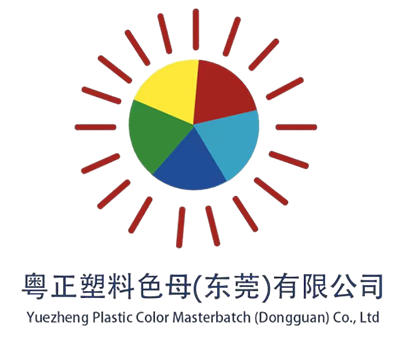HDPE = High-Density Polyethylene This is a type of plastic that is known to be both strong and durable. It can survive ages before it breaks down. The good thing about HDPE is its resistance to many chemicals. That means it won’t be easily damaged by spills from items like cleaning supplies. Moreover, HDPE is resistant to the sun's rays (or UV rays), making it an excellent option for products that will be used outdoors. For this reason, people use HDPE when producing products like water pipes, containers, as well as outdoor garden products and furniture.
LDPE is short for Low-Density Polyethylene. However, this plastic is unlike HDPE, as it is much softer, bendable, and stretchy. The more flexibility it has, the more it can be formed into different shapes, that is also why LDPE is good for making products such as plastic bags, food wraps and various packaging materials. LDPE is also significantly easier to create and less expensive than its relative HDPE which is another reason it’s used primarily in everyday items.
Now, let's have a further look into the pros and cons of HDPE & LDPE. HDPE has many advantages. Well, first of all it is very heavy duty and strong. This means that it is ideal for applications where strength is a concern, like construction and manufacturing. This, along with HDPE's resistance to various chemicals and UV rays, includes not needing to worry about whether or not to use it outside. It can be found in products such as outdoor furniture, water pipes, and containers for cleaning products.
Now, let’s look at LDPE. This type of plastic has its own pros and cons. LDPE is highly pliable, making it easy to mold into countless shapes. This feature is especially helpful for producing plastic bags, food wraps, and additional packaging materials that require it to be lightweight and easy to handle. LDPE is also cheaper to make than HDPE and most other plastics, making it a very common material in numerous everyday products.
LDPE, however, is usually found in common products. Polyethylene is also typically used to make plastic bags like the kind you see at grocery stores. It is also used for making shrink wrap, a plastic that fits tightly around products for protection. Food comes in LDPE to help it keep fresh. Moreover, it is known to as an ingredient to produce squeeze bottles, tubing for a wide range of applications, and wires insulation.
It very much depends on what you are going to use the plastic for in deciding which is better for your needs. HDPE is a great option if you require a strong plastic that can hold up to chemicals and UV rays. It is ideal for outdoor furniture and containers that should accommodate heavy materials. It contributes to less rigidity in use; however when dealing with a more flexible, mold-able use application then LDPE might do better. LDPE: Good for bags and flexible (stretchy) packaging.
Environmental Impact of HDPE vs. LDPE Production Both HDPE and LDPE affect the environment. They are derived from fossil fuels, which means that their production may contribute to climate change. This is something that must be considered when using plastic. One positive thing, however, is that both kinds of plastic can be recycled. Recycling allows these plastics to be made into another product and not be disposed in the trash can where they can sit in a landfill or in our environment.

Copyright © Yuezheng Plastic Color Masterbatch (Dongguan) Co., Ltd. All Rights Reserved